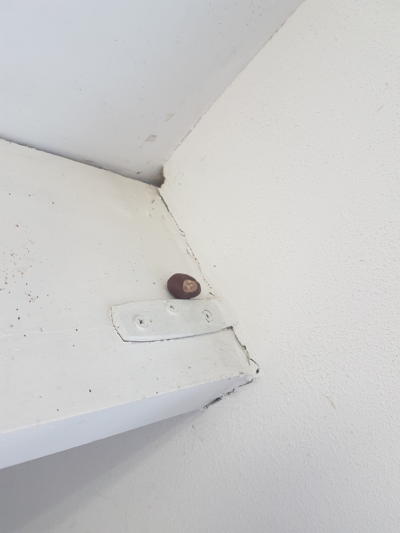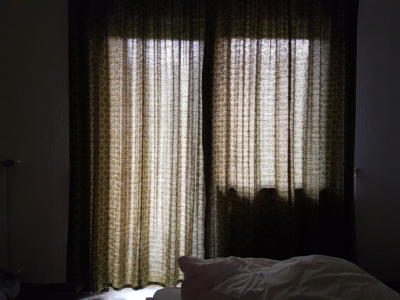
The work I am showing here is a study into moments. Moments that occur only once, after which they will fade away and subsequently disappear. Because I want to hang onto these moments, I have recorded them. The process of recording these moments has culminated in an all-encompassing study, in which objects come together in physical space(s) in both texts and images. Each time, I tried to interpret these moments. Why do I notice these things? Why do I want to preserve them? Why is it a collection? Why do they belong together? What are they doing in the space(s)? Why are they in this space or these spaces? Why do I have so many questions about them?
To ultimately come to the conclusion that none of it really matters. The moment is here; it is present in this space. There is no need for me to have an opinion about it. It is something already. It is enough.
Because every moment, no matter how small or trivial, belongs to me. Yes – this work, this study: this is me.

















































A quest for the ideal studio, based on two different methods. This thesis study has been conducted by two different people: Noëlle Jansen and myself.
Research has been carried out using the Art Based Educational Research method to design "the ideal" studio that offers space for the creative process and the creation of large work.
Berthoin is one of the people to write about this, in ‘The Studio in the Firm: A Study of Four Artistic Intervention Residencies’ (2014).
As both of us are occupied with the environment in which we work and/or create, this gave us the idea of conducting a study: how does this affect us, this ideal place to work? What do others think about this? Is there such a thing as an ideal place that serves the needs of everyone with a professional practice in the arts?
In our quest for answers to these questions, we were very curious about other people’s ideas. We therefore opted for an unambiguous group of respondents: people who are art professionals and have a space they use to create their work.
These respondents gave us an intimate insight into their studio by means of words, photos, floor plans, and poetry. They were very open in the way they showed us their space and themselves for our research. This gave us a lot of material to think about.
We conducted our study by means of an approach that was quite personal to both of us. Noëlle investigated the functional properties of the studio, and Sanne examined its personal characteristics.
The research was conducted in accordance with the methods for ABER (Arts Based Educational Research). By not restricting ourselves to purely academic research but applying artistic resources as well, we obtained data that surprised us. This data provided some interesting new twists more than once while we were conducting our research, making the study both very interesting and challenging.
Thanks to our two-pronged approach, we are able to emphasize that these two topics are not only completely different but also belong together. Together, they are significant in arriving at the most practicable space for every individual.
Looking at the data obtained from our respondents, this appears – in the most ideal situation – to be a space with dimensions that correspond to the wishes of the artist, with lots of light, a peaceful atmosphere, and consistency with regard to the condition of the studio at the beginning of every working day.